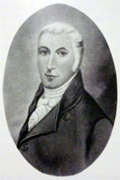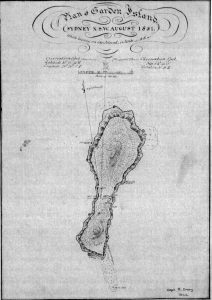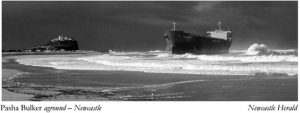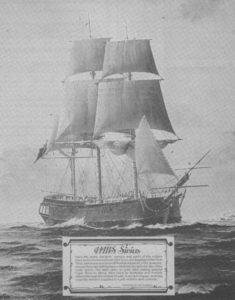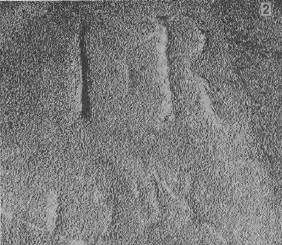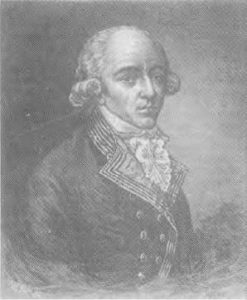You must be a logged-in member to view this post. If you recently purchased a membership it can take up to 5 days to be activated, as our volunteers only work on Tuesdays and Thursdays. If you are not a member yet or your membership just expired you can Join Now by purchasing a new membership from the shop. ...
HMS SIRIUS
Our First Gardeners
By Norman Rivett Who were they? The first garden from which Garden Island derives its name commenced here on Monday the 7th of February 1788 when a party from HMS ...
Dangers to Navigation
By Lieutenant Commander Tony Maskell, RAN (Rtd) OVER THE YEARS since the arrival of the First Fleet there have been a number of notable shipwrecks. Examples can be found from ...
